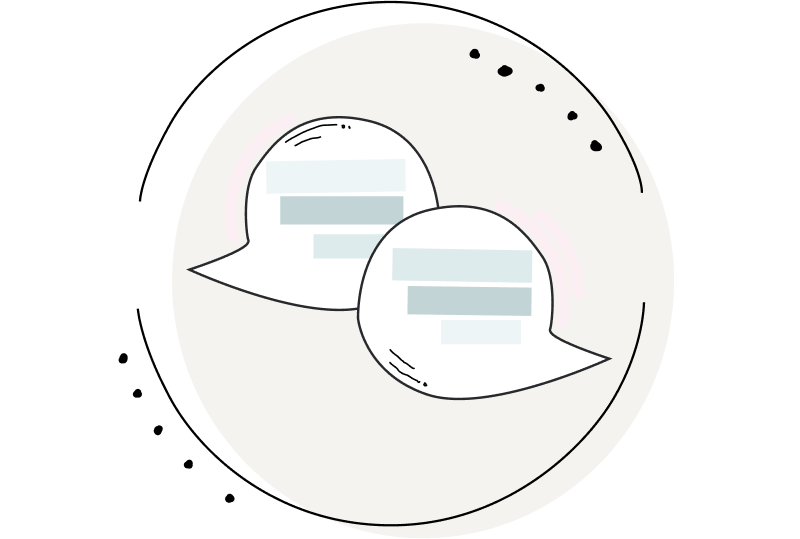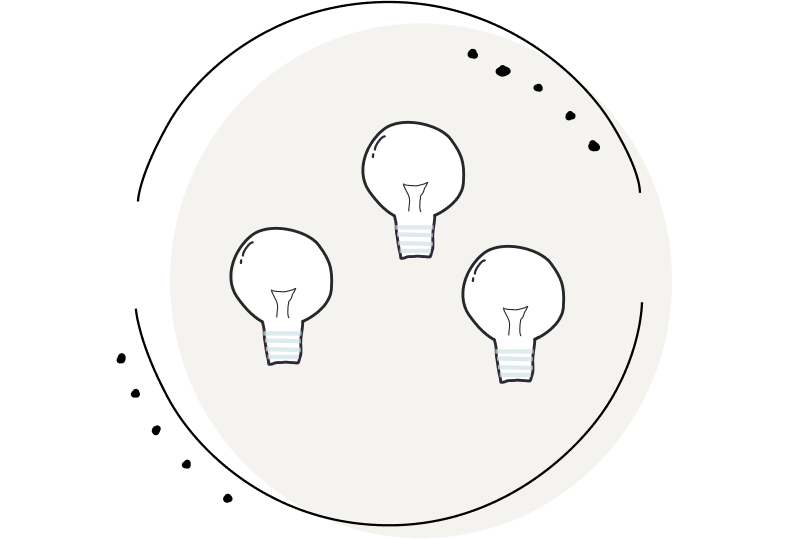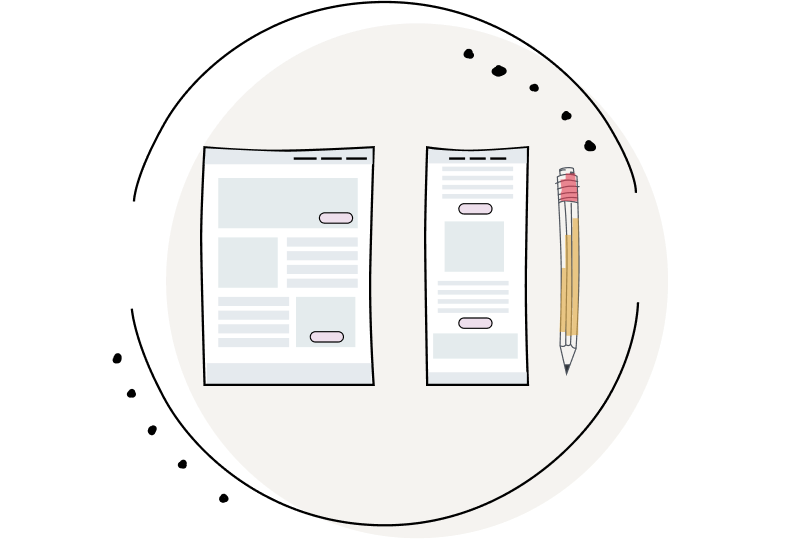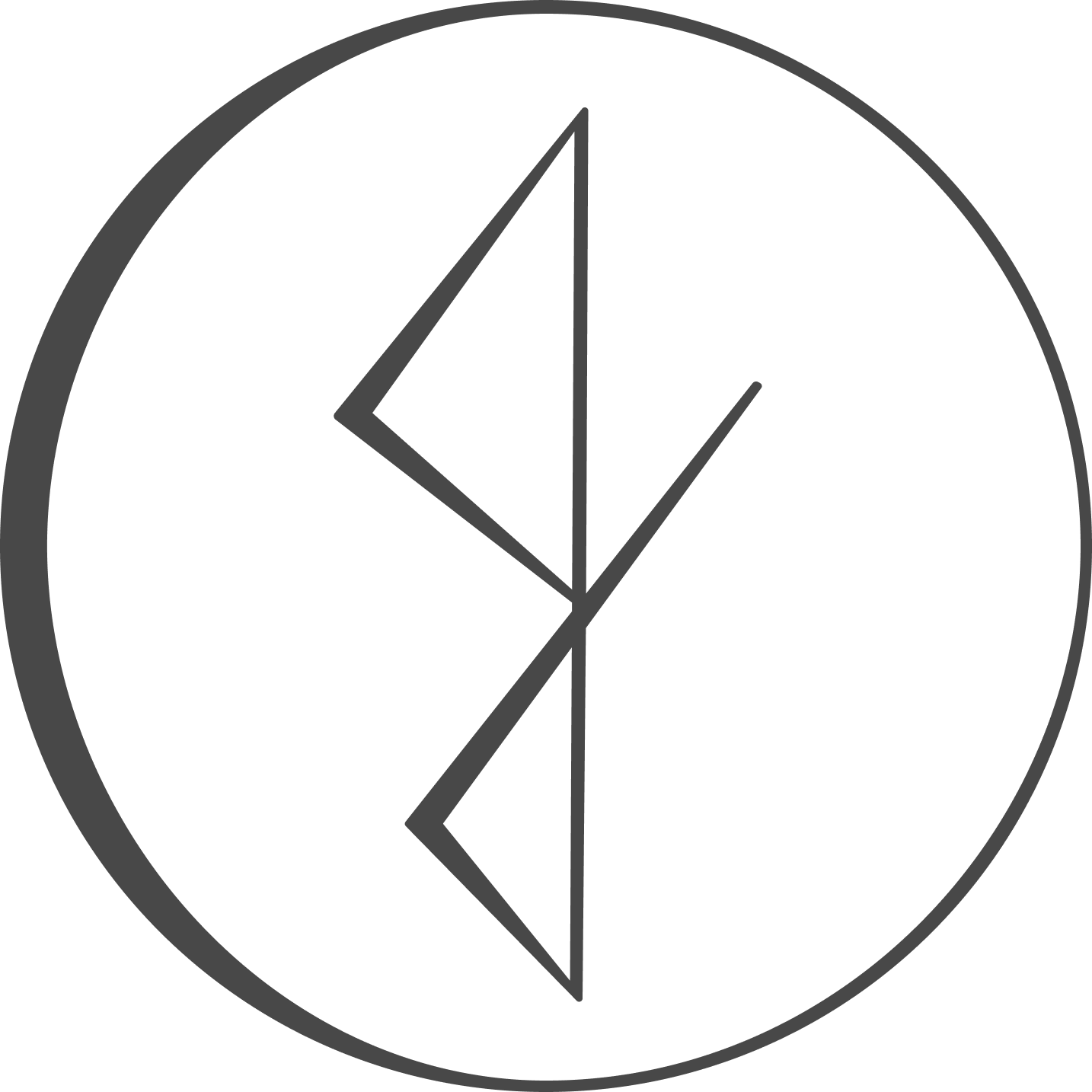process
deliverables and phases of work
DISCOVER

DISCOVERY RESEARCH
Good design begins with understanding how user's think, act and feel. So often we ask people what they need, instead of asking them what the problem is first. Instead of focusing on solution-oriented questions, I work to understand the problem at a deeper level by developing a research strategy that will uncover what people's current processes are, their pain points (and our areas of opportunity), and most importantly the reasons behind their actions and frustrations.
WHAT TO EXPECT
- Participant Scheduling
- Research Strategy
- User Research Sessions
- Research Notes and Recordings
- Observational Data (if applicable)
UNDERSTAND

ANALYSIS
Research analysis is conducted to organize findings into themes and patterns that are relevant to the product being designed. This analysis can take different forms and results in a document or map that will convey the user's behaviors, thoughts, goals and pain points within context. Deliverables from this phase create empathy for users, ensure designs are evidence-based and identify areas of opportunity for the business.
WHAT TO EXPECT
- Journey or Experience Maps
- Empathy Maps
- Service Blueprints
- Personas
IDEATE

USER STORIES + ROADMAP
Based on the research, I create something called user stories: statements that describe potential product functionality with an emphasis on the benefit it will bring to the user. I facilitate workshops with stakeholders, users and other relevant groups to go over these user stories and collaboratively ideate on potential solutions in light of the business requirements. We prioritize what functionality we want to see in the prototype and create a roadmap for the rest of the process.
WHAT TO EXPECT
- User Stories
- Task Flows
- Mission Statement and Vision
- Roadmap + Timeframe
CREATE

WIREFRAMING + IDEATION
I create low-fidelity concepts that are reviewed with the business and technical team. During this period of divergence, I rapidly create a wide variety of ideas in order to identify the best solution. This period of rapid, low-fidelity design is a great way to save time and energy and test with users for validation before moving forward.
WHAT TO EXPECT
- Concept Ideation
- Market Research
- Sketches
- Wireframes
P R O T O T Y P E

TESTABLE PROTOTYPE
Using design software, I create a prototype by linking screens together and adding clickable areas that allow for user interaction. Creating a prototype allows for ideas to be tested before spending time and energy developing and launching a product. Feedback from users, stakeholders and developers is important during this phase of work to ensure that the solution meets business requirements and is feasible for development.
WHAT TO EXPECT
- High-Fidelity Designs
- Visual Communication
- Clickable Prototypes
- Interaction Design
- Branding Elements
T E S T

USER-TESTING
Puting concepts in front of users provides detailed feedback that is not often available when discussing ideas conceptually. I create a user testing strategy and then conduct testing sessions with users in-person or remotely in order to understand what users are thinking and to observe their behaviors as they interact with the prototype or product. Testing can occur with various types of user groups depending on the project.
WHAT TO EXPECT
- Testing Research Strategy
- Documentation of Responses
- Task Analysis
- Session Scheduling
- Testing Sessions
- Design Updates and Recommendations
I M P L E M E N T

HANDOFF + QUALITY ASSURANCE
Using design software, I take the feedback from the testing phase and create design solutions to improve the design language, patterns and flow. After the final designs have been created and approved, I conduct a hand-off process where I break down the designs into tickets or chunks of work that are then assigned to the development team. Tickets are often reviewed with developers to ensure that the ticket format and size of each ticket is suitable. Tickets convey acceptance criteria, designs, visual specifications as well as flow information.
WHAT TO EXPECT
- Enhanced Final Designs
- CSS Specifications (within Design Software)
- Technical Acceptance Criteria
- Quality Assurance
Ways to Connect
Feel free to reach out to me if you'd like to learn more about my experience and design work or if you would like to collaborate on something in the future.
© Jacqueline Williams 2024 • UX Designer
